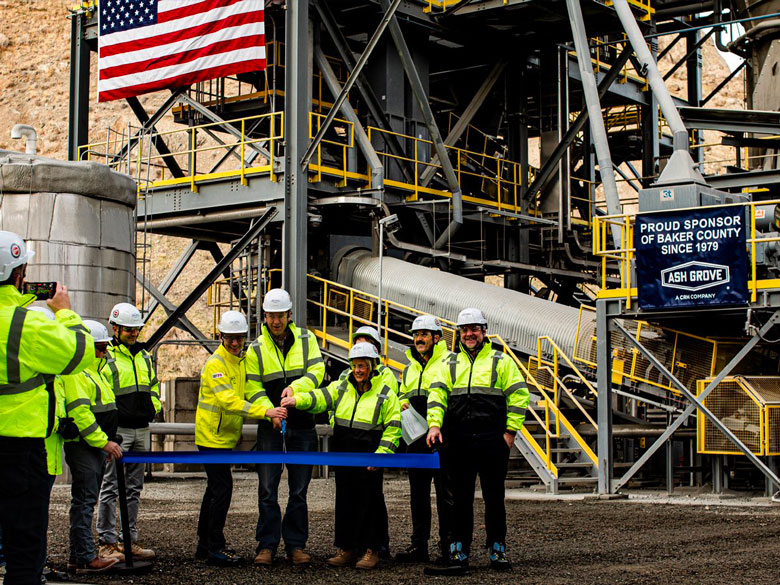Norway-based SINTEF Energy announced that researchers upgraded a method used to capture greenhouse gases generated during the cement manufacturing process. The new hybrid technology makes it easier and less expensive to capture and purify CO2 produced by the industry.
Normally, flue gases emitted from a cement plant contain about 20 percent CO2. In order to transport and/or store the CO2 from these gases, they must first be scrubbed. The current minimum requirement is approximately 95 percent purity. However, the process is energy-demanding as it requires large amounts of heat.
“We propose a promising approach using a membrane filter combined with an in-house developed system involving forced concentration of the CO2 by liquefaction,” explained SINTEF researcher David Berstad. “We achieve this by cooling it down under pressure.”
Unlike conventional CO2 capture methods, the new process uses electrical energy to cool and compress the gas instead of using steam to regenerate solvents.
The membrane alone concentrates the CO2 gases to approximately 70 percent purity. It is currently standard to employ an additional membrane step to scrub the gas and achieve the necessary purity of 95 percent. However, the research team’s method involving CO2 liquefaction is less energy-demanding, and also results in an even purer gas, noted SINTEF officials.
Measurements made by Berstad and his research colleague Stian Trædal during experiments with the new system carried out on a laboratory rig in Trondheim, Norway, showed impressive levels of purity. “The best results that we have seen are about 99.8 percent, but it is theoretically possible to achieve even higher levels of purity,” said Berstad. “The purer the gas the better, because it then requires less capacity to transport and/or store the CO2 in gas or liquefied form.”
More information on the research team’s findings can be found here.



